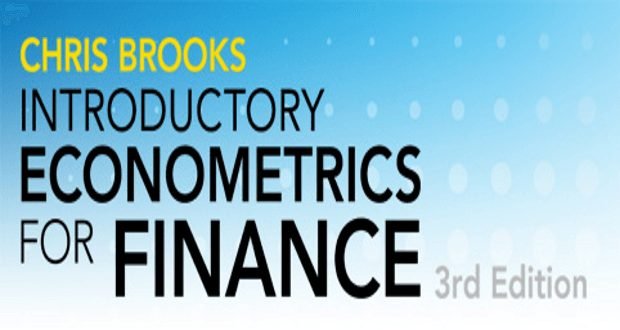180 câu trắc nghiệm Kinh tế lượng – Phần 2

Chapter 4: Linear Regression with One Regressor
KTL_001_C4_1: Binary variables
○ are generally used to control for outliers in your sample.
○ can take on more than two values.
○ exclude certain individuals from your sample.
● can take on only two values.
KTL_001_C4_2: In the simple linear regression model, the regression slope
○ indicates by how many percent Y increases, given a one percent increase in X.
○ when multiplied with the explanatory variable will give you the predicted Y.
● indicates by how many units Y increases, given a one unit increase in X.
○ represents the elasticity of Y on X.
KTL_001_C4_3: The regression \({R^2}\) is a measure of
○ whether or not X causes Y.
● the goodness of fit of your regression line.
○ whether or not ESS > TSS.
○ the square of the determinant of R.
KTL_001_C4_4: In the simple linear regression model \({Y_i} = {\beta _0} + {\beta _1}{X_i} + {u_i}\),
○ the intercept is typically small and unimportant.
● \({\beta _0} + {\beta _1}{X_i}\) represents the population regression function.
○ the absolute value of the slope is typically between 0 and 1.
○ \({\beta _0} + {\beta _1}{X_i}\) represents the sample regression function.
KTL_001_C4_5: \(E\left( {{u_i}|{X_i}} \right) = 0\) says that
○ dividing the error by the explanatory variable results in a zero (on average).
○ the sample regression function residuals are unrelated to the explanatory variable.
○ the sample mean of the Xs is much larger than the sample mean of the errors.
● the conditional distribution of the error given the explanatory variable has a zero mean.
KTL_001_C4_6: Assume that you have collected a sample of observations from over 100 households and their consumption and income patterns. Using these observations, you estimate the following regression \({C_i} = {\beta _0} + {\beta _1}{X_i} + {u_i}\), where C is consumption and Y is disposable income. The estimate of \({\beta _1}\) will tell you
○ \(\frac{{\Delta income}}{{\Delta consumption}}\)
○ The amount you need to consume to survive
○ Consumption / Income
● \(\frac{{\Delta consumption}}{{\Delta income}}\)
KTL_001_C4_7: In which of the following relationships does the intercept have a real-world interpretation?
● the relationship between the change in the unemployment rate and the growth rate of real
GDP (“Okun’s Law”)
○ the demand for coffee and its price
○ test scores and class-size
○ weight and height of individuals
KTL_001_C4_8: The OLS residuals, \({{\hat u}_i}\), are sample counterparts of the population
○ regression function slope
● errors
○ regression function’s predicted values
○ regression function intercept
KTL_001_C4_9: Changing the units of measurement, e.g. measuring test scores in 100s, will do all of the following EXCEPT for changing the
○ residuals
○ numerical value of the slope estimate
● interpretation of the effect that a change in X has on the change in Y
○ numerical value of the intercept
KTL_001_C4_10: To decide whether the slope coefficient indicates a “large” effect of X on Y, you look at the
○ size of the slope coefficient
○ regression \({R^2}\)
● economic importance implied by the slope coefficient
○ value of the intercept